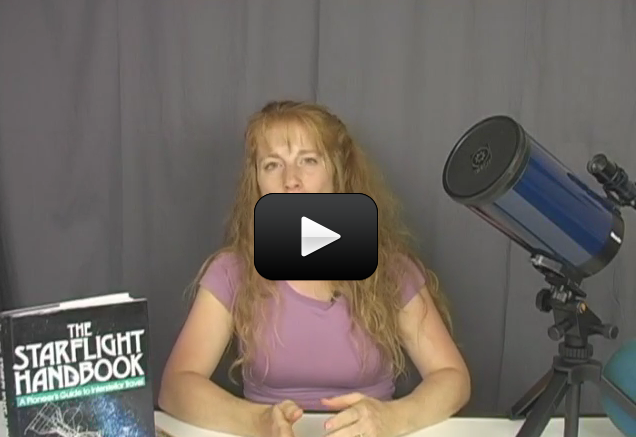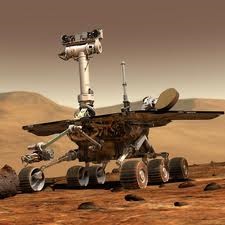Einstein is the man behind the Theory of Relativity. Relativity is the idea that everything we see and observe is relative to us, and can be seen differently relative to someone else. Two people can have two different frames of reference, which can alter how they observe the world. Physicists use the term “event” to describe something that happens at a certain place and time (like lightning striking a pole for example). Events are used to analyze situations where relativity comes into play.
We have observed relativity to be true, but there are some rules—which we call the postulates—of relativity.
1) The laws of physics are the same in all reference frames
The first rule just tells us that no matter what frame of reference one is in, the laws of physics still apply to them just the same as someone in a different reference frame. Force still equals mass times acceleration no matter what frame you are in.
2) The speed of light in a vacuum is the same for all observers, regardless of their motion
The second rules tells us that light will travel at the same speed (c = 3.00 x108 m/s) no matter what frame of reference one is observing the light in. For example, if you’re moving in a space ship traveling at 0.999c, and someone shoots a laser beam in the direction of your travel, you will still see it traveling at 3.00 x108 m/s.
As we can see, these simple rules can lead to a whole lot of really weird things. Objects flying very fast passed other objects will have different perceptions of lengths and time! Weird! However to see any noticeable effect, the object has to be traveling near the speed of light!
So how does this apply to us here on Earth? It’s not every day you’re going to see a car traveling near the speed of light down the highway. One use scientists have found for utilizing the theory of relativity is in the analysis of very small atomic and sub atomic particles. Some radioactive elements will decay VERY fast (fractions of milliseconds in their own reference frame). But, if we speed these particles up close to the speed of light, in our reference frame they will last much longer!





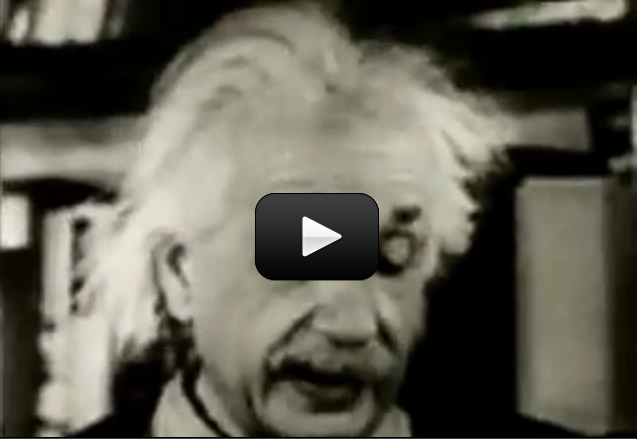
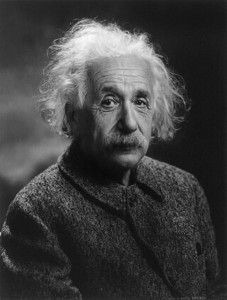 Albert Einstein was born in a small town in Germany way back in 1879. He was only 21 years old when he published his first paper! However, it was in 1905 when he was 26 that his work really flourished. He published four separate papers all within a few months. In these papers he discovered the basics of photos, an experiment to test for the existence of atoms, a connection between electromagnetic theory and motion (relativity!), and the relation between mass and energy in his famous equation E = mc2.
Albert Einstein was born in a small town in Germany way back in 1879. He was only 21 years old when he published his first paper! However, it was in 1905 when he was 26 that his work really flourished. He published four separate papers all within a few months. In these papers he discovered the basics of photos, an experiment to test for the existence of atoms, a connection between electromagnetic theory and motion (relativity!), and the relation between mass and energy in his famous equation E = mc2.
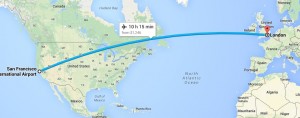 Two parallel lines can intersect if you are in non-Euclidean geometry. It’s hard to imagine this one being true, but it is!
Two parallel lines can intersect if you are in non-Euclidean geometry. It’s hard to imagine this one being true, but it is!